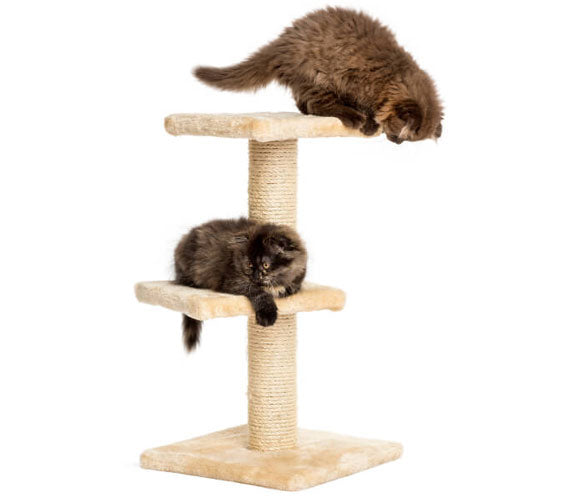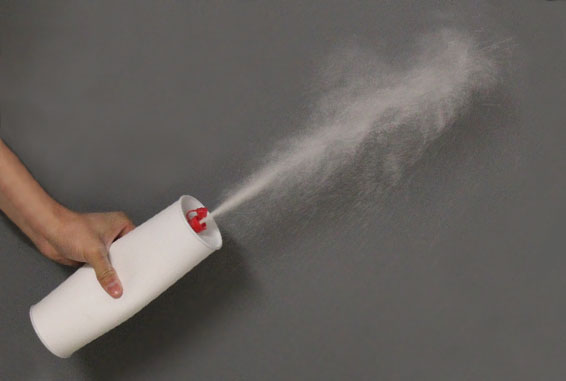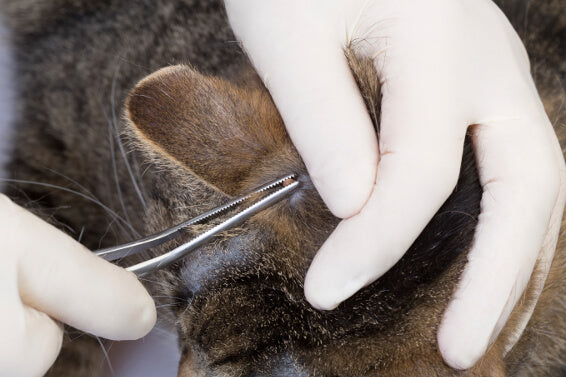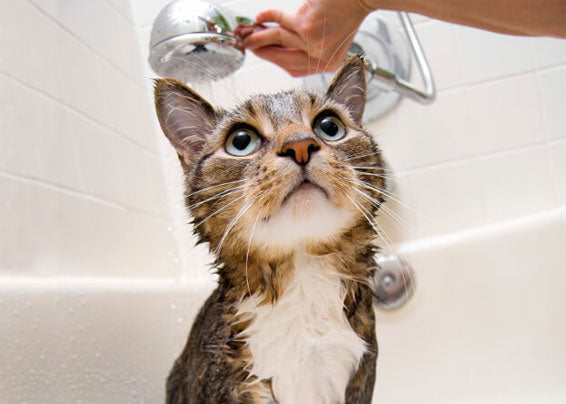
The sun is coming out, the weather is getting warm, those flowers are blooming. You can hike, explore, take the dog out, visit the park, and play in the backyard.
Y'know who else likes to spend time in the backyard? Those little blood-sucking, parasitic arachnids: ticks. If you enjoy any of the activities listed above, you may have come in contact with these little suckers. They are a huge pain to deal with once they attach themselves to you or your cat.

See the steps below for how to treat your cat for Ticks using DE:

Step 1:
Vacuum the area, cat tree, rug, or pillow where your cat rests or spends much of their time. This helps collect any ticks and their eggs that might be lying around; collecting those eggs before you apply the DE is essential as ticks aren't affected by DE until after they hatch.

Step 2:
Once you have vacuumed and you know that the area isn't damp, you can begin dusting with DE. If you have questions about how to apply DE to combat ticks, try one of these methods: spray bottle, squeeze duster, or Wilcox applicator. Each application approach has certain strengths in each situation.

Step 3:
After applying DE in your home and cat's bed or cat tree, it's time to tackle your cat. Grab some tweezers and look for ticks everywhere including between the toes, inside the ears, and in the armpits.
Pull the ticks out and place them in a plastic bag and seal it shut. If you think a tick has given your cat a disease, keep one to take to the vet for identification. The best method is direct removal with tweezers, be sure to look over your cat for ticks as often as they visit a wooded area or somewhere with tall-grasses.

Step 4:
Using a vacuum, go over the area you have treated with DE and vacuum it up. This will collect any deceased ticks and their eggs.
Step 5:
Give your cat a bath with a thorough shampooing. Since diatomaceous earth dries out skin, it's best to use a soap-free or moisturizing shampoo.
Step 6:
You should treat your cat's bedding with diatomaceous earth twice a week, leaving it for about 3 days. Repeat this process whenever your cat spends time in the woods, tall grasses, or around rodents.
Click these links if you have questions about how to treat your backyard with natural tick control.


